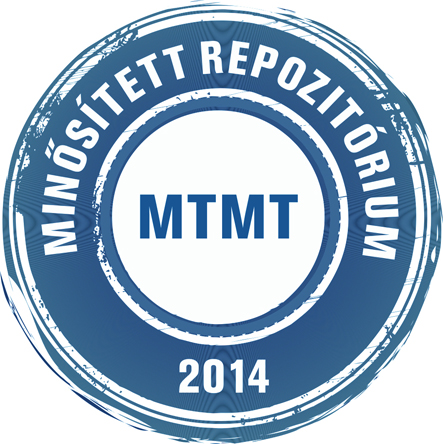Takács Krisztina; Koppányné Szabó Erika; Jánosi Anna: Advances in the development of gluten detection and quantitative determination methods. In: Élelmiszervizsgálati közlemények, (64) 4. pp. 2232-2247. (2018)
|
Cikk, tanulmány, mű
elelmiszervizsgalati_kozlemenyek_2018_04_2232-2247.pdf Letöltés (935kB) |
Absztrakt (kivonat)
The detection of gluten in foods is an essential, extremely important test for the protection of celiac patients. It is important to pay close attention to a safe, gluten-free diet and to the control of gluten-free foods, and for this, a reliable measurement method should be available. Gluten and gluten-containing cereal flours are widely used in the food industry. They may be present in several food products in which lay consumers would not expect it. It can be a flavor enhancer or texturizer in various food products (e.g., meats or confectionery), and on the other hand, a gluten-free food may get contaminated accidentally with celiac active cereals during harvesting, transport, storage or processing. There are several methods for the detection and analysis of gluten (including microscopy, electrophoresis, chromatography, immunology or DNA-based methods, etc.). However, the quantitative detection of gluten has to be primarily protein-based, that is, an immunological method (R5-ELISA) according to CODEX STAN 118-1979 [1]. If there is a method with the same sensitivity and specificity as the immunological method for the quantitative analysis of raw and processed, heat-treated foods, it also could be a possible way of analysis. Experts involved in this topic continuously strive to develop detection methods that are more sensitive and more specific than current ones. Initially, they concentrated on the development of antibodies that recognize gliadin, then the focus shifted to the development of antibodies that recognize the T-cell stimulating epitopes of gliadin (that trigger celiac disease). As an alternative and supplementary method, the most accepted technique is the DNA-based PCR detection, which can predict the risk of presence of proteins that may be expressed. This article presents the advances in gluten detection and quantitative determination methods, the difficulties of detection, and legal regulations related to these analytical tests.
| Mű típusa: | Cikk, tanulmány, mű |
|---|---|
| Egyéb cím: | Előrelépések a gluténkimutatási és mennyiségi meghatározási módszerek fejlesztésében |
| Rovatcím: | Fókuszban = In Focus |
| Befoglaló folyóirat/kiadvány címe: | Élelmiszervizsgálati közlemények |
| Dátum: | 2018 |
| Kötet: | 64 |
| Szám: | 4 |
| ISSN: | 0422-9576 |
| Oldalak: | pp. 2232-2247 |
| Nyelv: | angol |
| Kiadó: | WESSLING Nemzetközi Kutató és Oktató Központ Közhasznú Nonprofit Kft. |
| Kiadás helye: | Budapest |
| Befoglaló mű URL: | https://acta.bibl.u-szeged.hu/79007/ |
| Kulcsszavak: | Élelmiszervizsgálat - módszer, Glutén, Gluténérzékenység, Cöliákia |
| Megjegyzések: | Bibliogr.: p. 2243-2247. ; összefoglalás angol nyelven |
| Szakterület: | 02. Műszaki és technológiai tudományok 02. Műszaki és technológiai tudományok > 02.10. Egyéb műszaki tudományok és technológiák 02. Műszaki és technológiai tudományok > 02.10. Egyéb műszaki tudományok és technológiák > 02.10.02. Élelmiszer és italfélék |
| Feltöltés dátuma: | 2023. júl. 10. 15:50 |
| Utolsó módosítás: | 2023. aug. 26. 08:14 |
| URI: | http://acta.bibl.u-szeged.hu/id/eprint/79245 |
 |
Tétel nézet |



